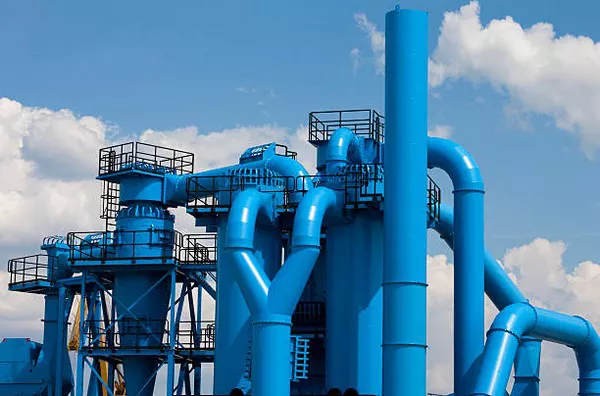Scientists at the Tokyo Institute of Technology have made a significant breakthrough in the development of components for fusion reactors and power plants that use liquid metals as coolants. These high-temperature power plants, including fusion reactors, fast breeder reactors, and solar thermal power plants, require efficient cooling mechanisms, and liquid metals are being explored for their excellent heat transfer properties.
Two critical components in these power plants, the liquid metal blanket and the liquid metal divertor, are being studied as innovative energy conversion devices. However, the challenge has been selecting structural materials that can withstand the high temperatures and chemical interactions associated with liquid metals.
Associate Professor Masatoshi Kondo led a research team that focused on the chemical corrosion resistance of liquid metal coolants against various structural materials. The team discovered that corrosion occurs due to the leaching of metallic components from materials in contact with liquid metal and the alloying of liquid metal with steel materials.
To address this challenge, the researchers found that forming a compact protective oxide layer on the surface of liquid metal components’ structural materials significantly reduces corrosion. The formation of this stable oxide layer is crucial to making liquid metal-based components viable.
The team, in collaboration with Yokohama National University and the National Institute for Fusion Science, explored oxide dispersion strengthened (ODS) FeCrAl alloys, which form a compact α-Al2O3 (alpha alumina) layer known for its excellent protection in high-temperature liquid metal environments. This layer’s growth promotion factors and mechanisms were identified, allowing it to resist peeling off from the substrate.
The research revealed that the α-Al2O3 layer’s protective properties are remarkable, even though it is only about 1.28 micrometers thick. The layer’s compact structure with uniform distribution of aluminum and oxygen makes it resistant to peeling. Additionally, the inclusion of reactive elements such as Ti, Y, and Zr in the layer’s microstructure improved its growth and barrier properties.
The study also highlighted the “pegging effect,” wherein the oxides of reactive elements formed between the layer and the substrate enhance adhesion strength. A jugged interface between the α-Al2O3 layer and the substrate further contributes to strong adhesion, with the deeper the interface, the greater the layer’s resistance to peeling.
This breakthrough opens the door for the extended service life of liquid metal components in advanced power plants like fusion reactors. The implementation of liquid metal technology has broader implications, including its use in desalination and environmental cleanup technologies, contributing to the advancement of carbon-neutral solutions.
The research marks a significant step towards realizing efficient and sustainable energy sources with minimal environmental impact.

